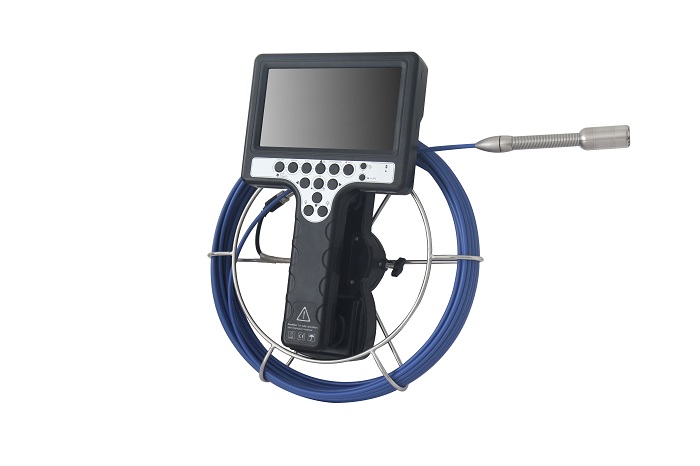Исследование мира промышленных видеоскопов: Common Specifications and Types
Введение
Industrial videoscopes are indispensable tools in a variety of applications, from quality control and maintenance to inspections in hard-to-reach places. These versatile devices offer remote visual access to confined spaces, техника, and pipelines, enabling professionals to assess conditions without the need for costly dismantling. В этой статье, we’ll delve into the common specifications and types of industrial videoscopes used across various industries.
Common Specifications
Industrial videoscopes come in a wide range of specifications to meet the specific needs of different applications. Here are some common specifications to consider when selecting a videoscope:
- Диаметр: Videoscopes are available in various diameters, typically ranging from 2mm to 8mm or more. Smaller diameters are suitable for inspecting narrow spaces, while larger diameters may be required for larger equipment.
- Длина зонда: The length of the insertion probe varies, with options ranging from a few inches to several meters. Longer probes are necessary for inspecting deep or inaccessible areas.
- Артикуляция: Many videoscopes feature articulating probe tips that can be remotely controlled to navigate through complex paths. Articulation can be single or dual, with varying degrees of movement.
- Разрешение: Resolution refers to the quality of the images and videos captured by the videoscope’s camera. High-resolution cameras provide clearer visuals and are essential for detailed inspections.
- Освещение: Videoscopes are equipped with LED lights to illuminate the inspection area. Adjustable lighting is crucial for obtaining optimal images in various lighting conditions.
- Рабочая длина: This specification indicates the effective length of the probe, which may be different from the probe’s total length due to articulation features.
- Поле зрения (поле зрения): FOV represents the area visible through the videoscope at any given point. A wider FOV can help inspectors capture more information in a single frame.
Types of Industrial Videoscopes
Industrial videoscopes come in several types, each tailored for specific applications. Here are some common types:
- Rigid Videoscopes: These videoscopes have a fixed, rigid probe and are best suited for straight-line inspections. They are commonly used in aviation, автомобильный, and manufacturing industries.
- Flexible Videoscopes: Flexible videoscopes have bendable insertion probes, allowing them to navigate through curved and intricate pathways. They are ideal for inspections in complex machinery and pipelines.
- Borescopes: Borescopes are a type of rigid or flexible videoscope designed for examining the internal components of engines, турбины, and other mechanical systems.
- Pipe Inspection Cameras: These videoscopes are specifically designed for inspecting pipes and ducts, often used in plumbing and HVAC applications.
- Dual-View Videoscopes: Dual-view videoscopes feature two cameras—one forward-facing and one side-facing—to provide a comprehensive view of the inspection area, making them suitable for aviation and aerospace inspections.
- Articulating Videoscopes: These videoscopes have articulating tips that can be remotely controlled, enabling precise navigation through tight spaces and complex structures.
Заключение
Industrial videoscopes are versatile instruments that play a vital role in a wide range of industries. Understanding their common specifications and types is crucial for selecting the right videoscope to meet specific inspection needs. Whether it’s inspecting aircraft engines, assessing pipeline conditions, or performing routine maintenance tasks, the right videoscope can significantly enhance efficiency and accuracy in industrial inspections.


